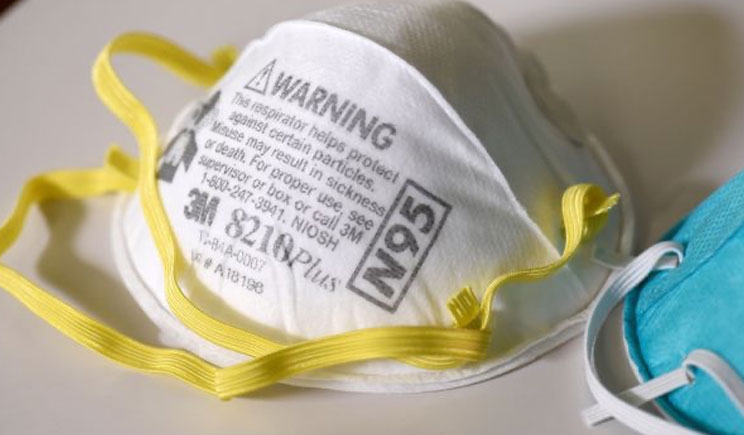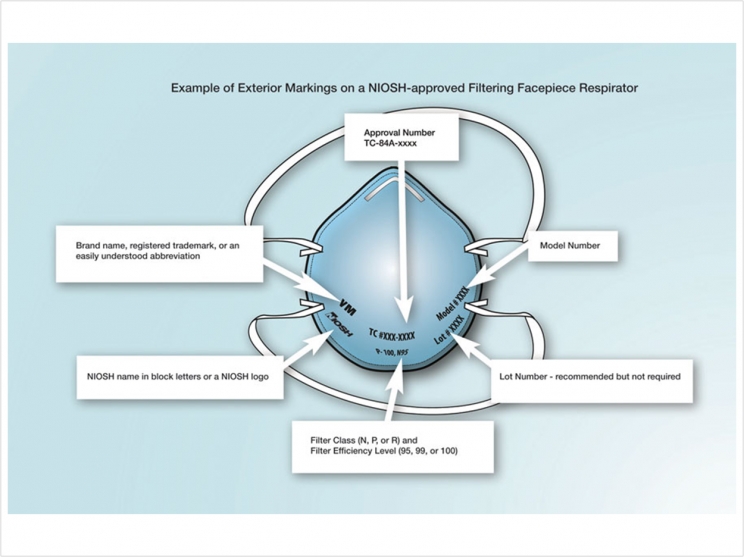
As practices reopen, they will need respirators to protect their personnel and their patients from exposure to the COVID-19 virus. But the Centers for Disease Control and Prevention (CDC) warn that counterfeit respirators have hit the market.
The CDC’s National Institute for Occupational Safety and Health (NIOSH) approves respirators and certifies that they provide appropriate respiratory protection to workers. But many fakes are sold as NIOSH-approved without being tested for effectiveness, putting their users at risk.
NIOSH-approved respirators have an approval label on or within the packaging, such as on the box itself or within the users; instructions. Additionally, an abbreviated approval is on the filtering facepiece respirator (FFR) itself.
Users can verify the approval number on the NIOSH Certified Equipment List or on the NIOSH Trusted-Source webpage to determine if NIOSH has approved the respirator. NIOSH-approved respirators will always have the following designations: N95, N99, N100, R95, R99, R100, P95, P99, and P100.

Signs that a respirator may be counterfeit include:
- A lack of markings on the FFR
- A lack of an approval (TC) number on the FFR or headband
- A lack of NIOSH markings
- NIOSH is misspelled
- The presence of decorative fabric or other decorative add-ons such as sequins
- Claims that it has been approved for use with children, as NIOSH does not approve any type of respiratory protection for children
- The FFR has ear loops instead of headbands
Before buying large quantities of respirators from third-party marketplaces or unfamiliar websites, NIOSH says providers should mind additional warning signs. For example, if a listing claims to be “legitimate” or “genuine,” it likely isn’t.
Providers should examine the seller’s transactions history and feedback. Plus, fluctuations of items traded over time as well as price deviations and fluctuations are red flags. “Unlimited” quantities in stock during shortages and hidden contact information may be suspicious as well.
Website design offers clues to potential fraud too. Email addresses that aren’t connected to the website and use free services may suggest the seller isn’t committed to the domain. And, bad grammar, typos, and other errors in addition to cookie-cutter websites are causes for concern.
Related Articles
Dental Groups Ask for PPP Flexibility in PPE Costs
Ultradent Donates 12,000 Masks to University of Utah Health
WVU Develops Face Shield That Works With Loupes and Headlamps











